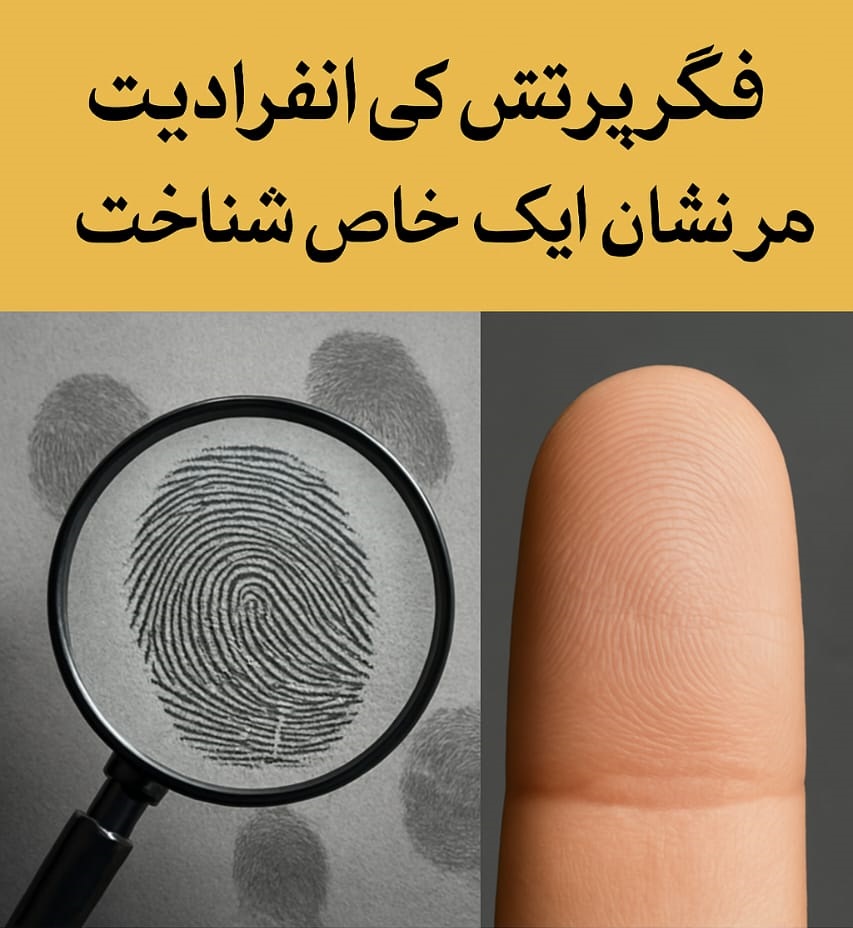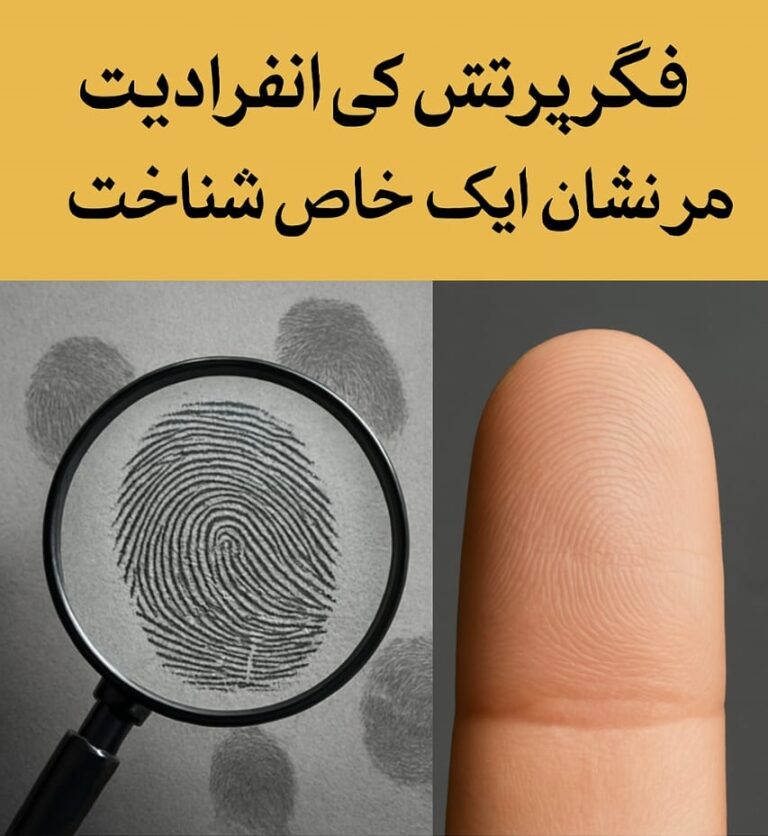
Introduction
Did you know that out of the billions of people in the world, no two individuals have identical fingerprints? Yes! Fingerprints are a fascinating marvel of nature, proving each person’s uniqueness. Whether used for identification or aiding in criminal investigations, the significance of fingerprints cannot be denied. In this article, we will explore the history, scientific aspects, and practical applications of fingerprints in everyday life.
History of Fingerprints
The use of fingerprints dates back to ancient times. In Chinese civilization, people used fingerprints to authenticate documents. In the modern era, the scientific study of fingerprints began in the 19th century when British scientist Sir Francis Galton proved that every individual has unique fingerprints that remain unchanged throughout life. By the 20th century, fingerprints were incorporated into legal and security systems.
Science Behind Fingerprints
Fingerprints are unique patterns on the outer layer of our skin, formed due to genetic and environmental factors. These patterns can be classified into three primary types:
-
Loops – The most common fingerprint pattern, consisting of curved ridges.
-
Whorls – Circular or spiral-shaped fingerprint patterns.
-
Arches – Flowing, wave-like ridges without a central loop or whorl.
These patterns are widely used for personal identification and biometric security verification.
Practical Applications of Fingerprints
In today’s advanced world, fingerprints are used across various sectors:
-
Law Enforcement – Fingerprints play a crucial role in criminal investigations. Police and forensic experts scan fingerprint evidence from crime scenes to identify perpetrators.
-
Biometric Security – From unlocking smartphones to granting access to high-security areas, fingerprint verification is extensively utilized.
-
Voting and Identification Systems – Several countries use biometric systems to prevent electoral fraud and verify identities during elections.
-
Banking and Financial Transactions – The use of fingerprints is increasing in digital banking to enhance security measures.
Fingerprints and Future Technology
With advancements in artificial intelligence (AI) and machine learning, fingerprint recognition systems are becoming more sophisticated. Modern biometric systems are integrating not only fingerprints but also facial recognition, iris scanning, and DNA matching technologies.
Conclusion
Fingerprints serve as a natural and immutable identification marker that enhances security, aids in crime prevention, and plays a significant role in digital technology. Their growing importance and ongoing scientific research indicate that fingerprint applications will continue to be indispensable in the future.




